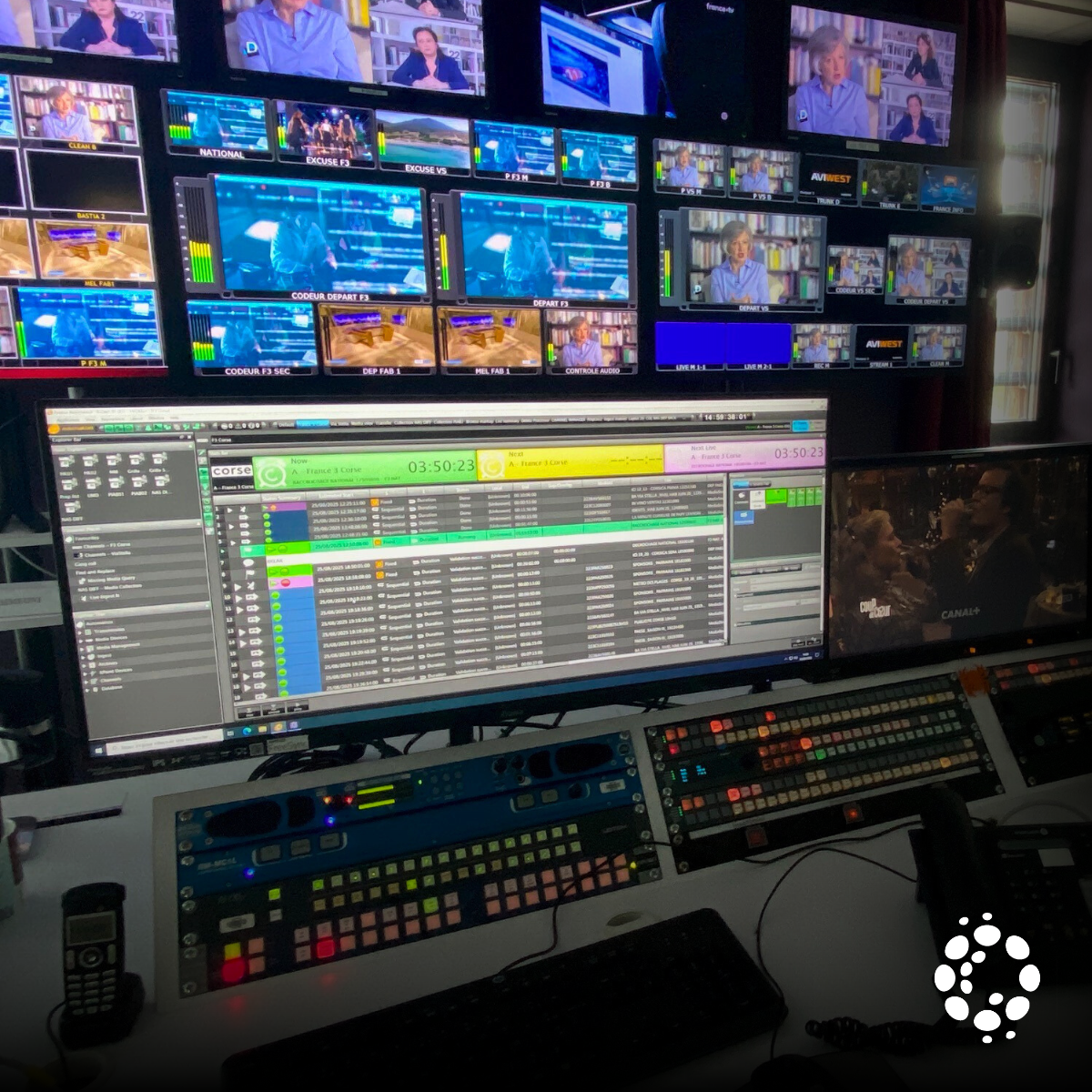Epsom, Surrey, UK, 16 October 2025: Pebble, the leading automation, content management and integrated channel specialist, has won a contract to provide Cobb County, Georgia, with an automated playout system. The contract was negotiated in co-operation with, and was installed by, Pebble’s systems integration partner CTI.
CobbTV is a government-access television channel for Cobb County, available on Comcast cable and ATSC terrestrial. As well as county commission and other local government meetings, the programming includes educational and informational programming and, in rush hour, live traffic information including highway cameras.
The county authorities sought an easy to use, highly reliable automated playout platform, which would involve very low operational and maintenance overhead. Following a procurement exercise, the contract was awarded to CTI and Pebble.
“To meet CobbTV’s particular needs, we proposed a very simple configuration,” said Eric Paris, Project Manager for CTI. “It uses a single Pebble Integrated Channel device which is capable of supporting four concurrent channels. Under the control of Pebble Automation software it provides links to Cobb’s NAS media storage, and manages live inputs and recordings.”
Video inputs and outputs are SDI, with the capability of 12G-SDI for a future move to Ultra HD. As well as switching and routing, the Pebble platform also generates and inserts rich graphics. It also includes audio channel management and mixing.
“We are a government body with needs slightly different than a traditional broadcaster, so our chief goal was to identify a trusted partner who would give us the reliability we sought,” said Brad Plumley, Station Manager at CobbTV. “Pebble is internationally recognised as a leader in broadcast automation, yet also took the time to understand our specific requirements.
“The solution they proposed is compact and cost-effective, but comes with the Pebble reputation for reliability,” he added. “It is packaged in a single box which reduces system complexity, and they have implemented against our timeline requirements.”
CTI installed, integrated and commissioned the Pebble system in July 2025 for an on-air date in August.
For Pebble, CEO Peter Mayhead said “This project is an important pointer of the way the media industry is transforming. Once the province of monolithic broadcasters, video is now seen as the route for direct communications by businesses, sports clubs and – as seen here in Cobb County – by public sector bodies who want to ensure their citizens are properly informed.
“We designed our technology to be scalable, not just in number of channels but in the level of operational involvement,” Mayhead continued. “That means for non-broadcasters like CobbTV we can provide the highest technical and operational quality and reliability with minimal operator or engineer involvement.”
For more information on Pebble automation systems, see pebble.tv.
### ENDS ###





